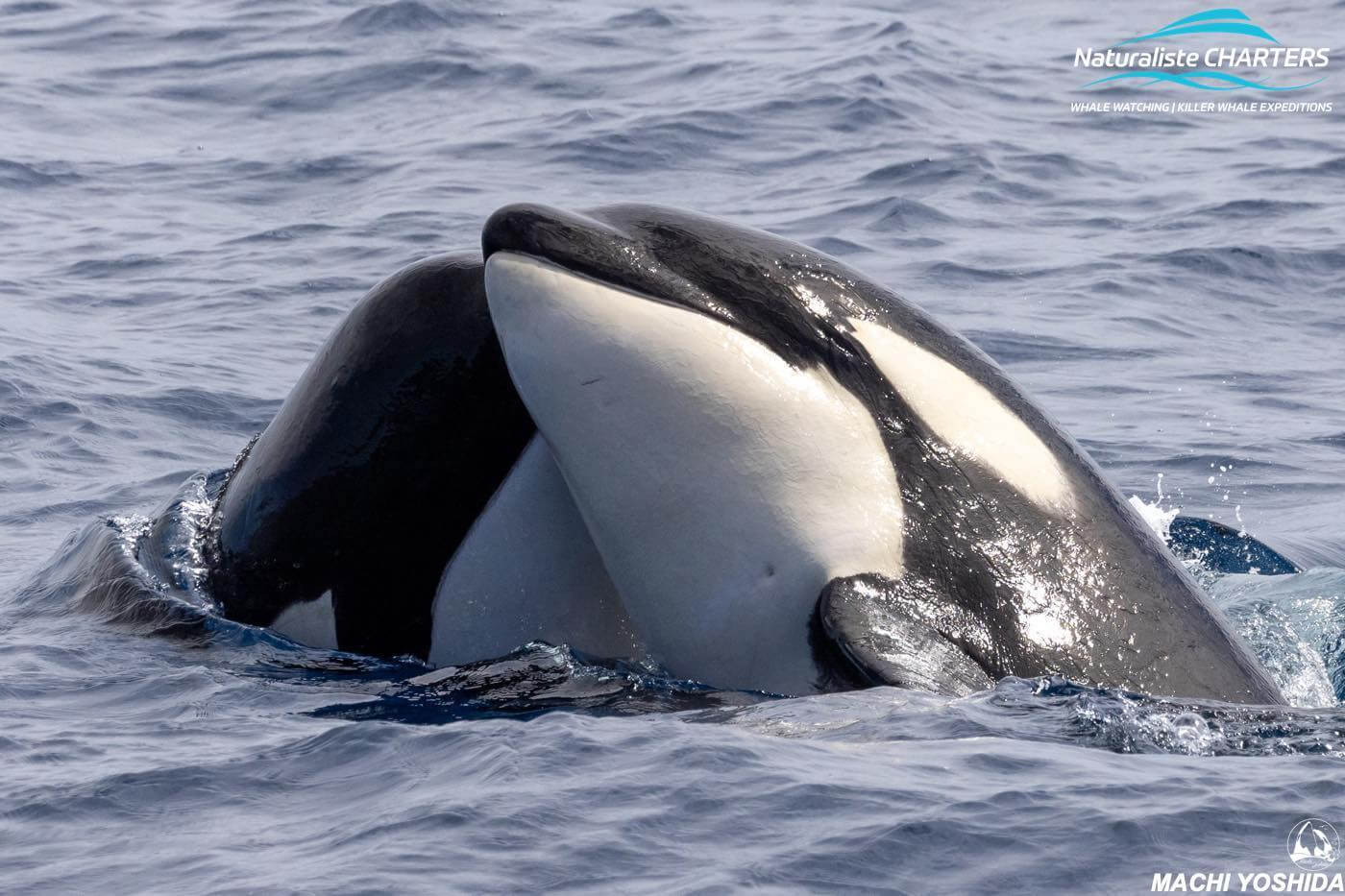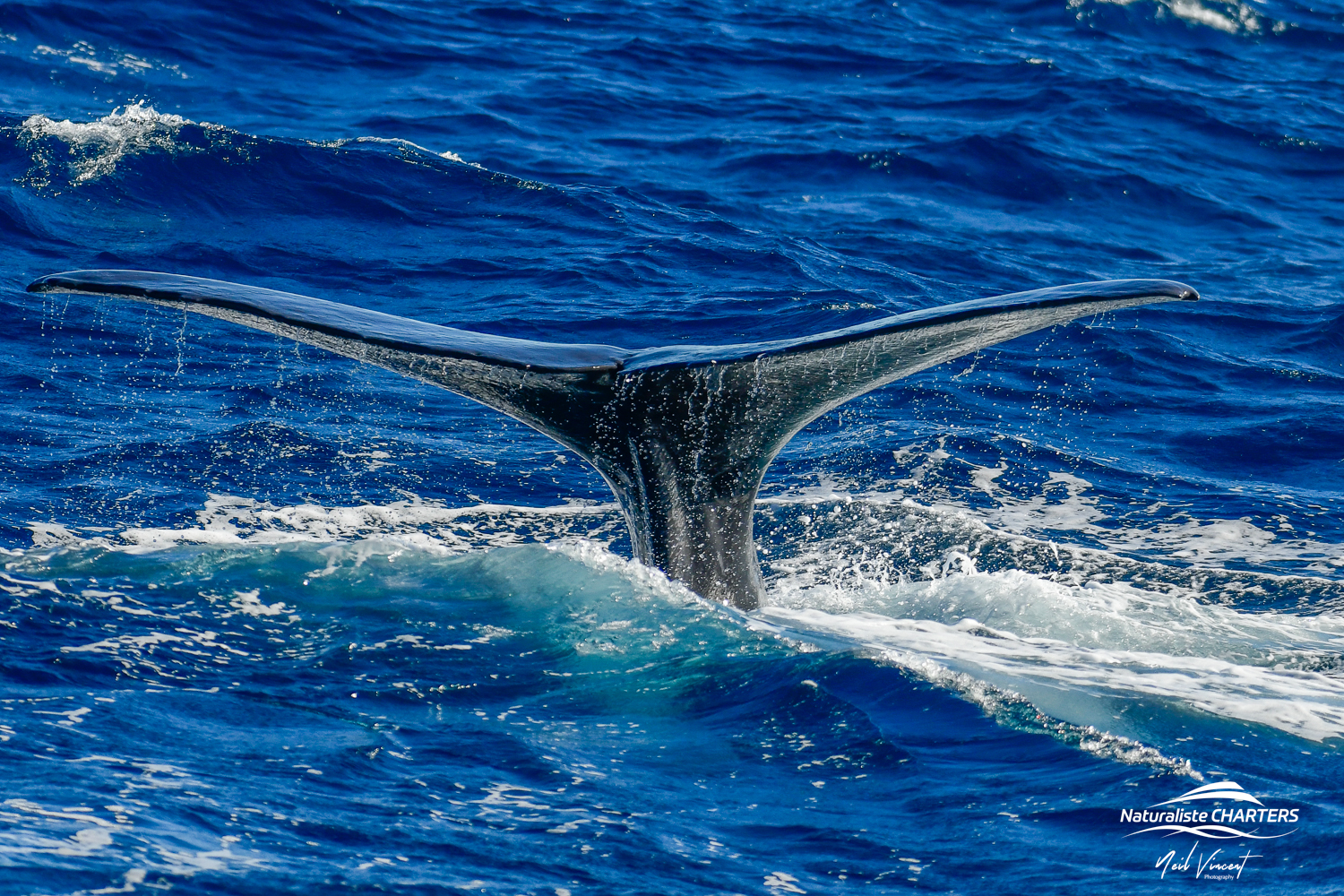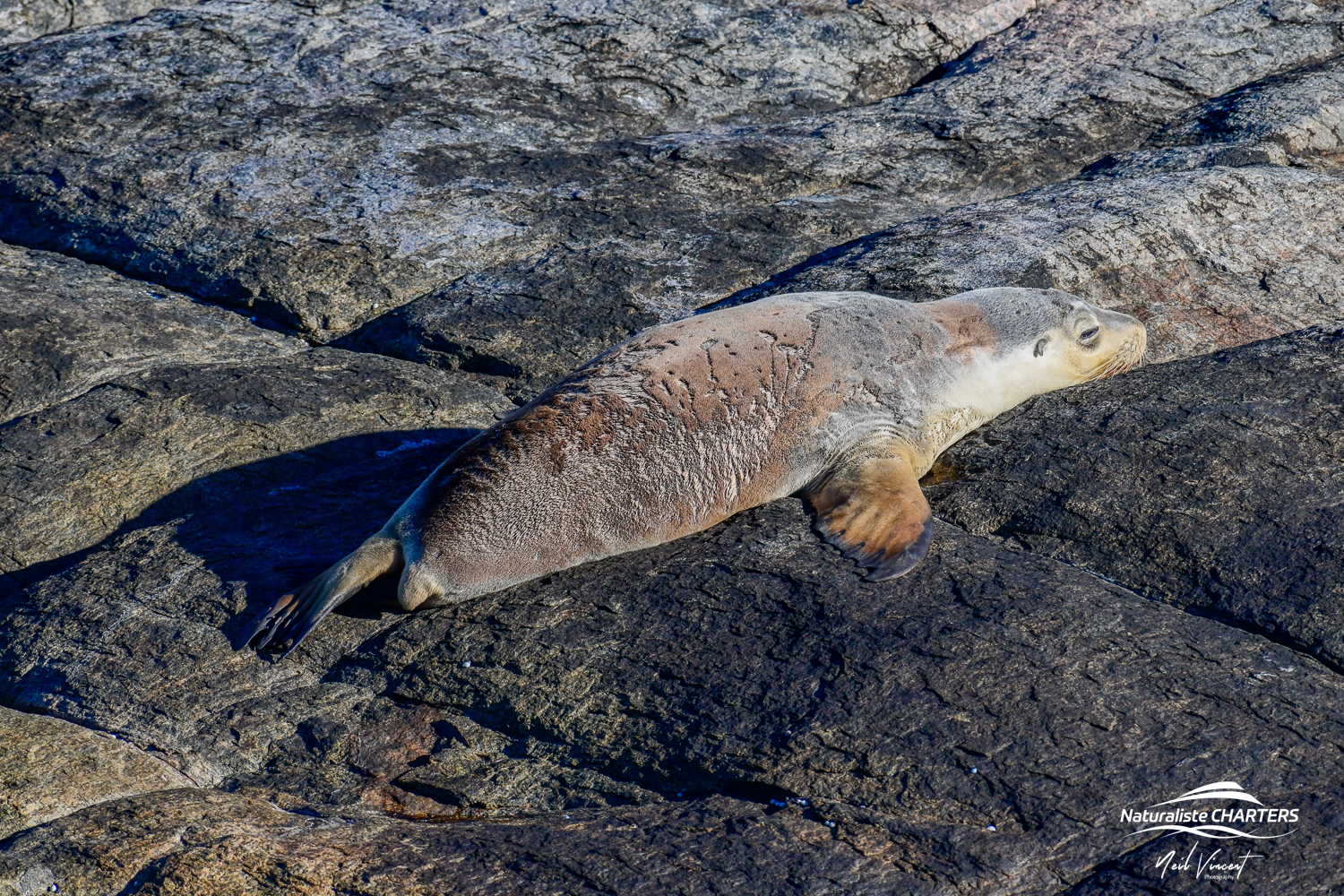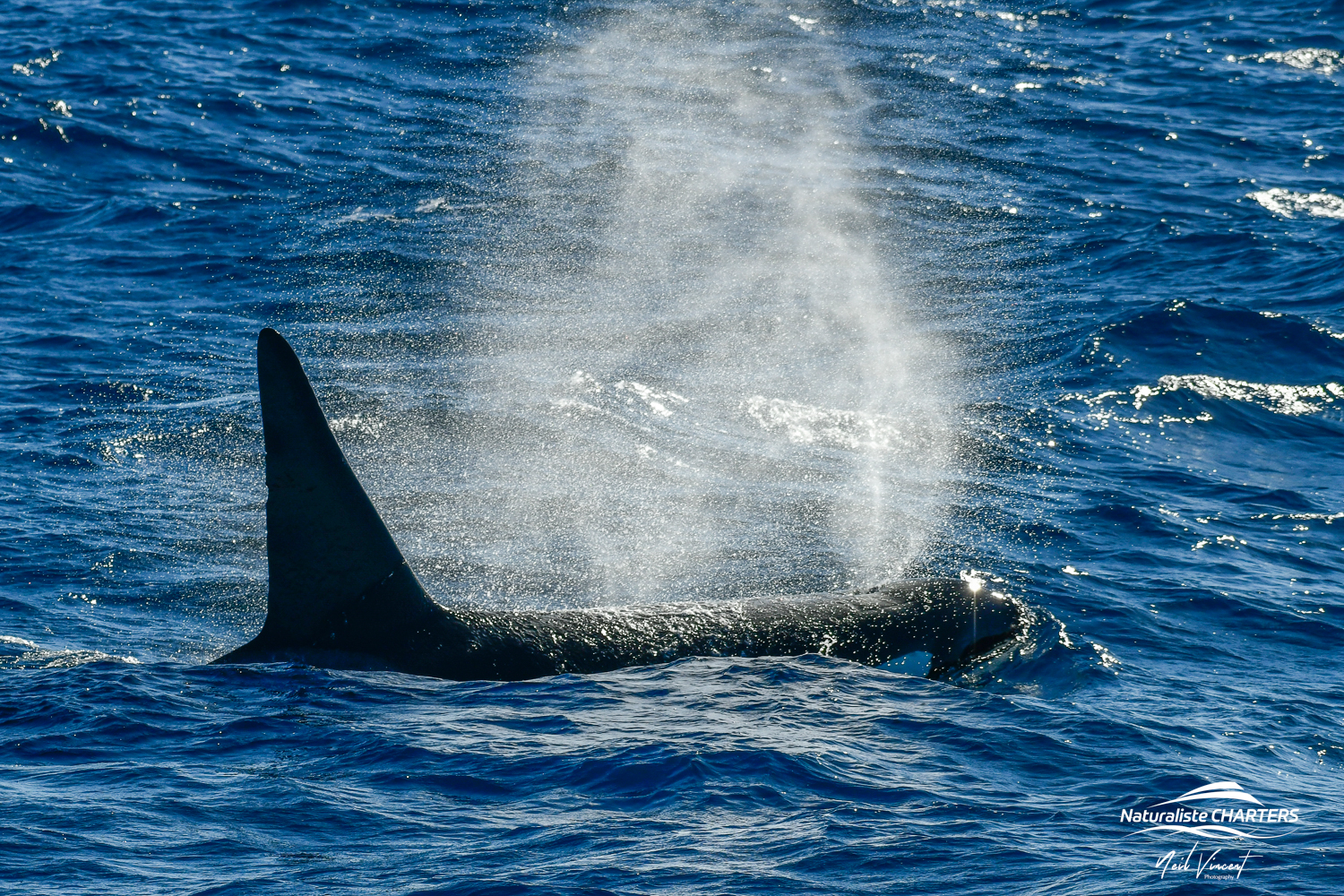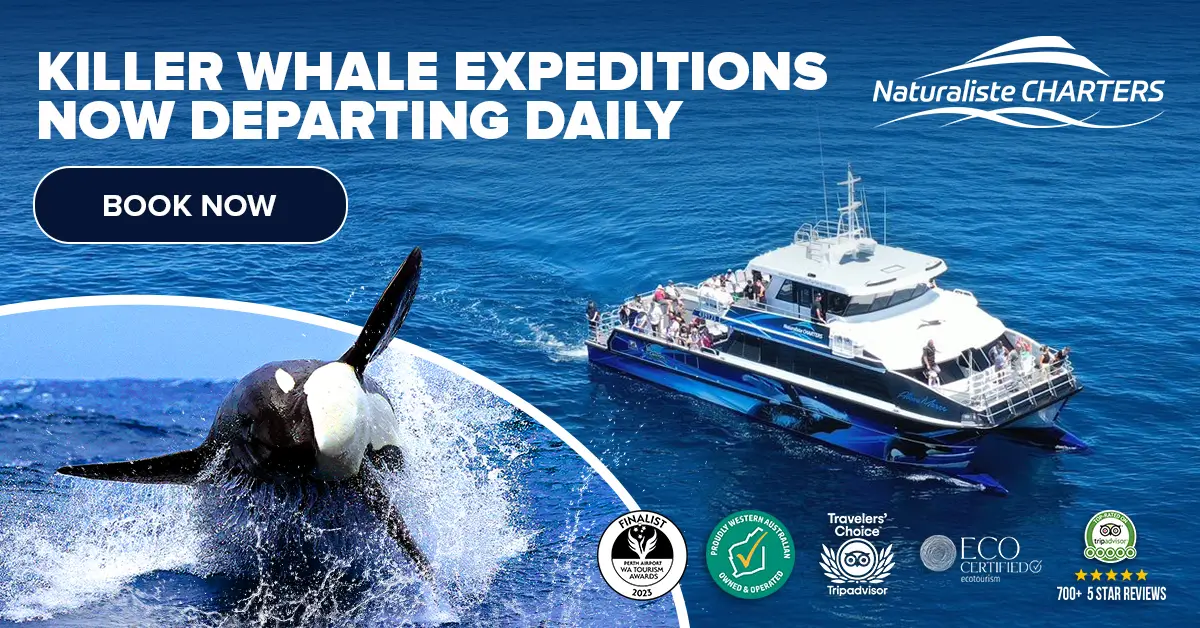With a nickname like “killer whale” you could probably assume that an orca (Orcinus orca) is going to be very dangerous. These apex predators should not be underestimated, and with a brain that is two and a half times larger than we would expect of this dolphin species, you can see why.
Throughout this blog, we will delve into the world of ‘are killer whales dangerous’ and answer questions you may have surrounding this topic.
These black and white marine mammals are in the Delphinidae family, which means they are rather curious and sociable, just like other dolphins! They operate in family groups called pods, led by a matriarch (powerful adult female). They are apex predators, meaning they are at the top of the food chain. They can live for half a decade, with females reaching menopause in their mid-life, meaning they can invest time teaching their grandchildren. They are fast, intelligent, and strong. These features, plus their strong family bonds, mean they work in sophisticated groups, undertaking coordinated and practised hunts. Not only are they fearsome on their own, but as a pod, they are practically unstoppable.

What do they eat?
Killer whales are found in all of the world’s oceans, from the Arctic to the tropics and down to Antarctica. They are found in higher numbers in the polar regions, with multiple different ecotypes occurring. They are at the top of the food chain and have a varied diet which ranges from big to small fish, stingrays, sharks, seals, and even the greatest of the large whales! It can be considered that orcas are very dangerous to all prey! Different populations specialise in different prey, for example, some will only eat fish, some rely on seal populations and others will have a varied diet including fish and mammals.
In Western Australia, orcas are found to have the latter of these, with a varied diet including fish and other large whales, such as humpback calves! From whale watching in Western Australia, onlookers have observed orca hunting blue whales, baby humpbacks, a variety of fish, and also rare beaked whales.
These diet specialisations bring adaptability! Killer whales can use a range of hunting methods to catch their prey. These can all come under “outsmarting” the prey.
Some family groups of orcas will make a wave that knocks seals off ice floes. Others will use shallow water to back their prey into a corner such as stingrays. Some will “smack” their prey to stun, such as small fish, and then very calmly eat up the immobile prey.
Killer whales have large conical-shaped teeth and a strong bite. They will bite onto their prey, and try to demobilise it first. This could look like pulling it to a halt for a large baleen whale or drowning a baby humpback. Once they have control of the prey, they begin tearing sections. The matriarch will ensure she has divided enough prey out to her family and that all have been fed. Their teeth are an important part of their success. Orcas need to take care of their teeth, ensuring they don’t break them or even damage the jaw. If this occurs they do not grow new teeth back, and it may introduce infections to the area and therefore further illness. Orcas will take care not to injure themselves if possible.
We have touched on how an orca could be dangerous, now let’s look at just how dangerous they are!
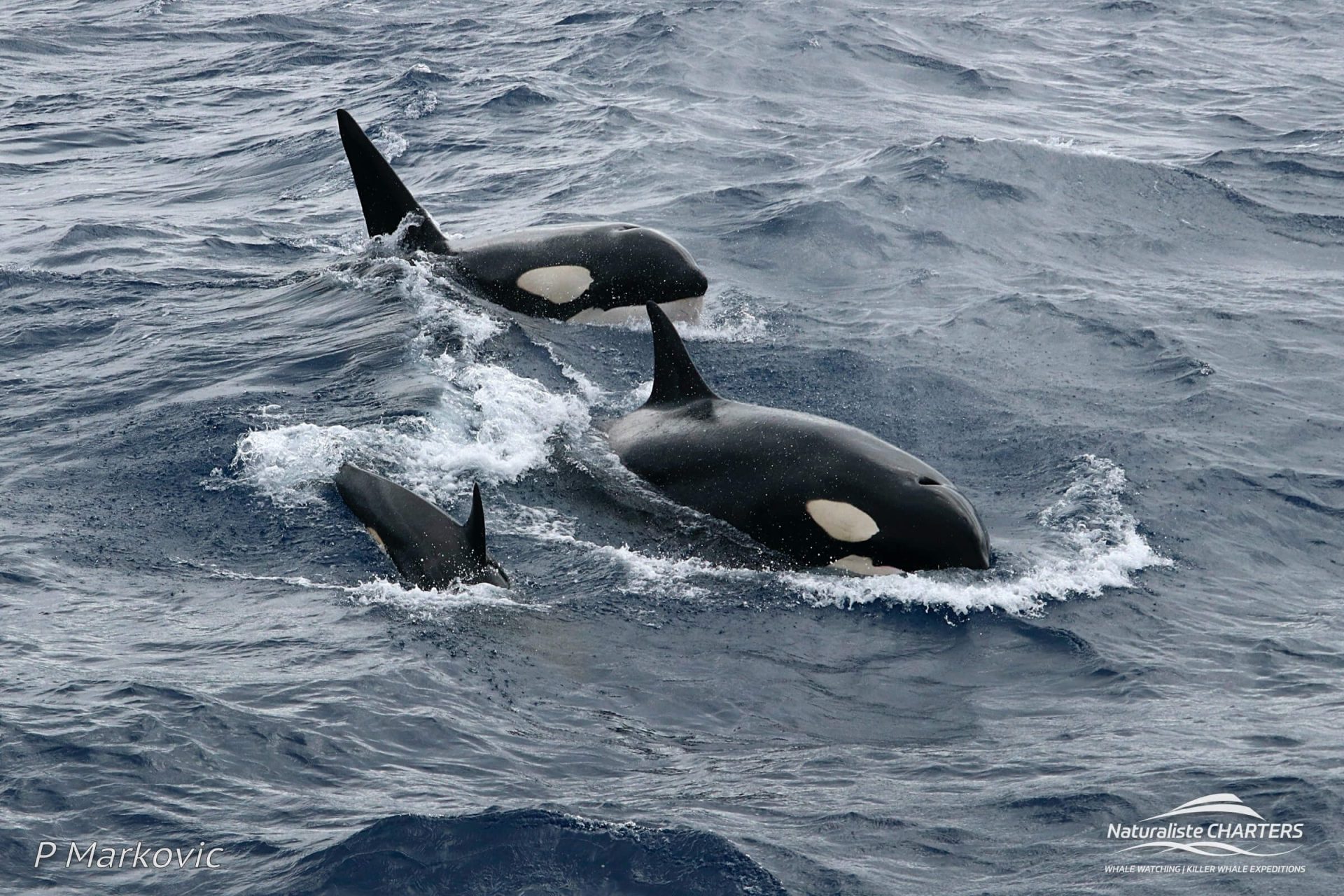
Do they attack people?
This question needs to be thoroughly investigated, as I mentioned above we should never underestimate these animals. Throughout history, there are a variety of indigenous cultures working with orcas for hunting purposes, but there are also examples where first nations peoples believed orcas were dangerous and a competitor for food resources.
Throughout history, there are no recorded accounts of wild killer whales attacking or killing a human.
More recently there have been reports of a pod of orcas attacking vessels and damaging rudders and other mechanisms on these boats. It is believed these orcas are trying to deter vessels from navigating through this area as they are a threat, whether that is to the orca directly or to their food resource.
Could they accidentally eat a human?
Accidentally eating a human would mean mistaking us for their natural prey. Orcas do not hunt blind, they use all their senses such as sight, hearing, and also echolocation to understand their prey. They will risk assess and hunt as a pack in a calculated manner. It would be impossible for a human (the average human looks very out of their comfort zone in the ocean by the way) to be mistaken for a tasty fish, seal, or large graceful whale. This may answer your questions about whether killer whales are dangerous to humans.
(**Trigger warning**)
To dive deeper I will compare this to great white sharks, which do accidentally eat humans. Great white sharks also use a variety of senses to detect prey. They have senses called Ampullae of Lorenzini, which detect electric pulses in the water, such as muscles contracting! This means a swimming human could be mistaken for an injured seal by a great white shark.
With some sharks, their main hunting method is surprising — coming up on their prey from underneath. They shut their eyes on approach, so as not to damage it, and with their mouth open it can be fatal to the prey. This is compared to a wild killer whale, which will investigate its prey thoroughly first.
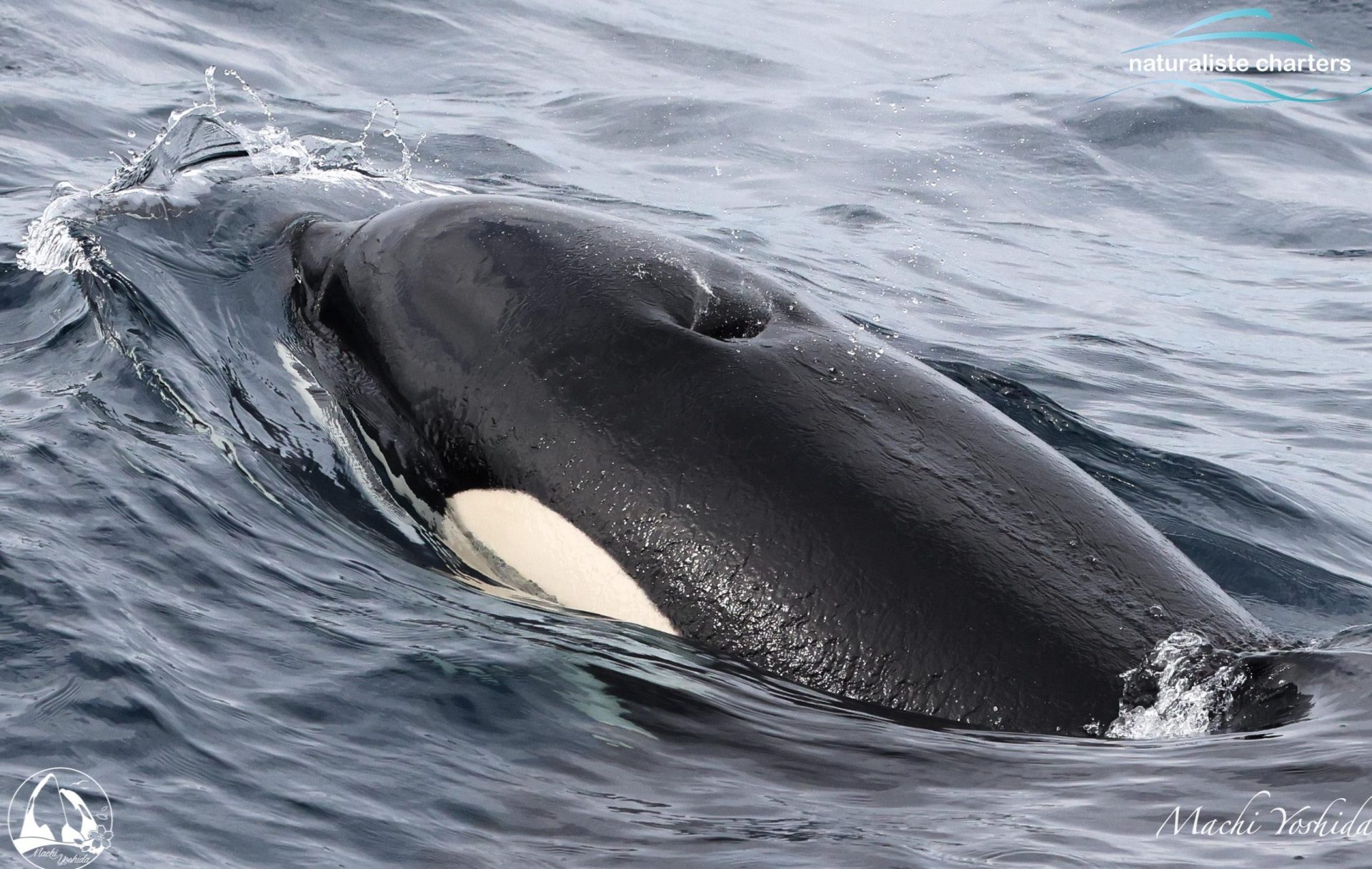
Are orca more dangerous to people when kept in captivity?
Captivity has shown that killer whales can become very dangerous. These are the only times killer whales have killed humans. While in captivity, these marine mammals can show a variety of negative behaviours. Such as hyper-aggression, poor maternal skills, extreme boredom, self-harm, and systemic illnesses such as pneumonia.
Due to the isolation, and these negative behaviours, plus the high sophistication and physical strength, orcas can become extremely dangerous to humans.
